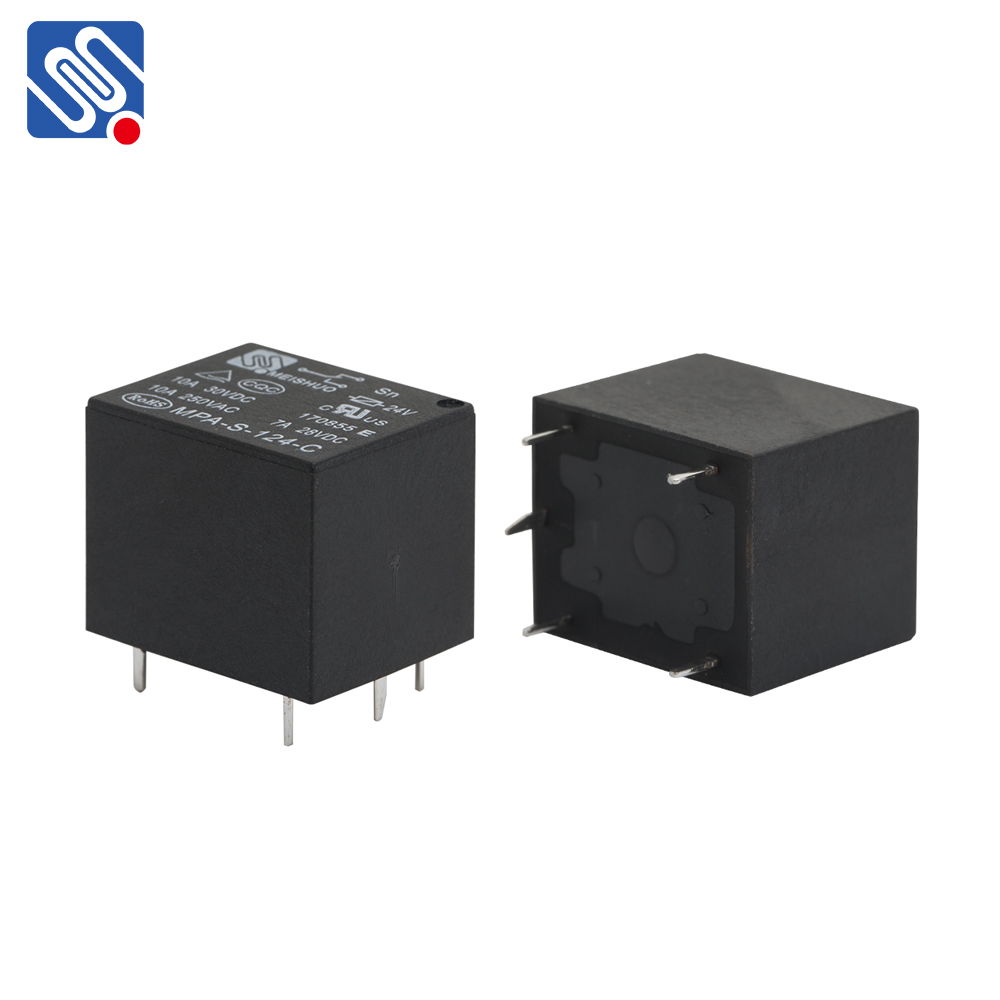A 12 volt relay is an essential electrical component commonly used in automotive, industrial, and various electronic systems. Relays, in general, are electrically operated switches that control a high power circuit with a low power signal. The 12-volt version is particularly popular due to its compatibility with a wide range of systems, especially in vehicles where the electrical system typically operates at 12 volts. This article will delve into the function, applications, and benefits of the 12-volt relay, providing a comprehensive understanding of why it is such a crucial component in modern electrical systems.

What is a 12 Volt Relay? A 12 volt relay consists of an electromagnet, a set of contacts, and a spring. The relay works by using an electric current to generate a magnetic field that activates the switch mechanism, either closing or opening the contacts to allow or cut off the flow of current in a circuit. The 12-volt version of this relay is powered by a 12-volt DC supply, making it a standard choice in many applications where 12V systems are the norm. When a 12-volt signal is applied to the relay’s coil, it creates a magnetic field that pulls the switch’s contacts together, completing the circuit. In contrast, when the voltage is removed, the spring pulls the contacts apart, interrupting the flow of current. This makes relays very useful in controlling high-power circuits with low-power signals.
Leave a Reply